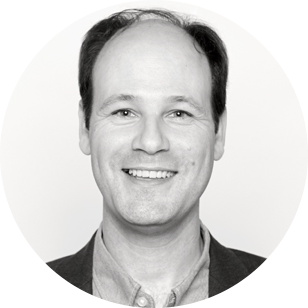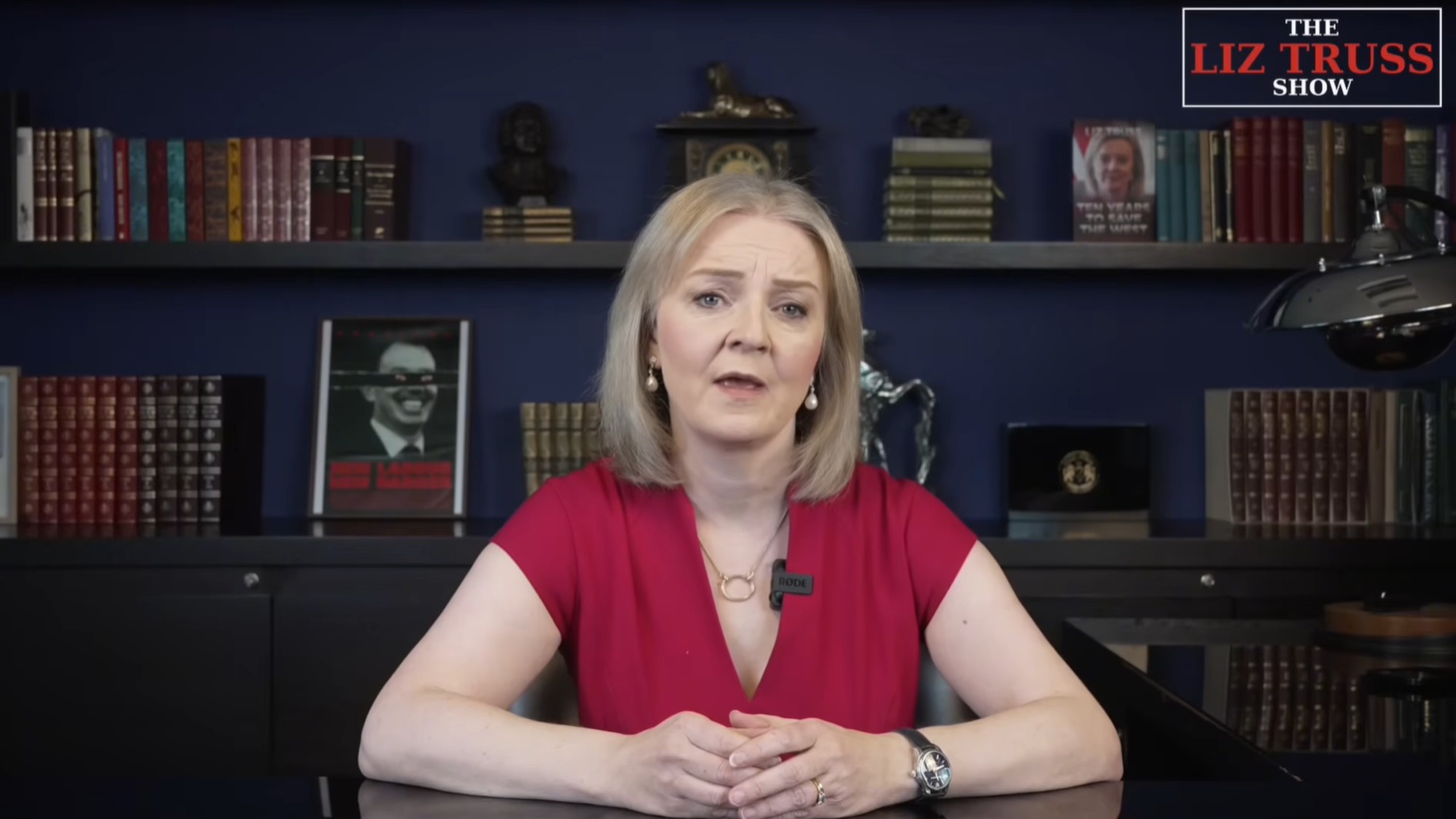An amphibian that produces milk?
Caecilians, worm-like amphibians that live underground, produce a milk-like substance for their hatchlings

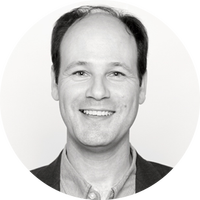
What happened?
Caecilians, worm-like amphibians that live underground, produce a milk-like substance for their hatchlings. This is behavior typically seen only in mammals, said Brazilian researchers Thursday in results published in the journal Science. Baby caecilians had previously been found to eat their mother's skin.
Who said what?
Milk-feeding from egg-laying species is "very unique," as is the "begging behavior" caecilian pups exhibit when they want to feed from their mother's behind, or cloaca, said Pedro Mailho-Fontana at Brazil's Butantan Institute. "It's like they're from another planet," said lead study author Carlos Jared, whose Butantan Institute team has been studying caecilians since 1987. "For me, they're like Martians."
The commentary
The researchers did not say whether caecilian milk "meets FDA standards, but it does contain lipids and sugars" like mammal milk, NPR said. "Nature is very creative," said Marta Antoniazzi at the Butantan Institute. "Sometimes it gives the same solution to different groups of animals."
The Week
Escape your echo chamber. Get the facts behind the news, plus analysis from multiple perspectives.

Sign up for The Week's Free Newsletters
From our morning news briefing to a weekly Good News Newsletter, get the best of The Week delivered directly to your inbox.
From our morning news briefing to a weekly Good News Newsletter, get the best of The Week delivered directly to your inbox.
What next?
Caecilians were first identified in 1822, so it took "over 200 years to discover this," David Blackburn at the Florida Museum of Natural History told The New York Times. "Now we've got skin feeding, and cloaca milk … What else is there?"
A free daily email with the biggest news stories of the day – and the best features from TheWeek.com
Peter has worked as a news and culture writer and editor at The Week since the site's launch in 2008. He covers politics, world affairs, religion and cultural currents. His journalism career began as a copy editor at a financial newswire and has included editorial positions at The New York Times Magazine, Facts on File, and Oregon State University.
-
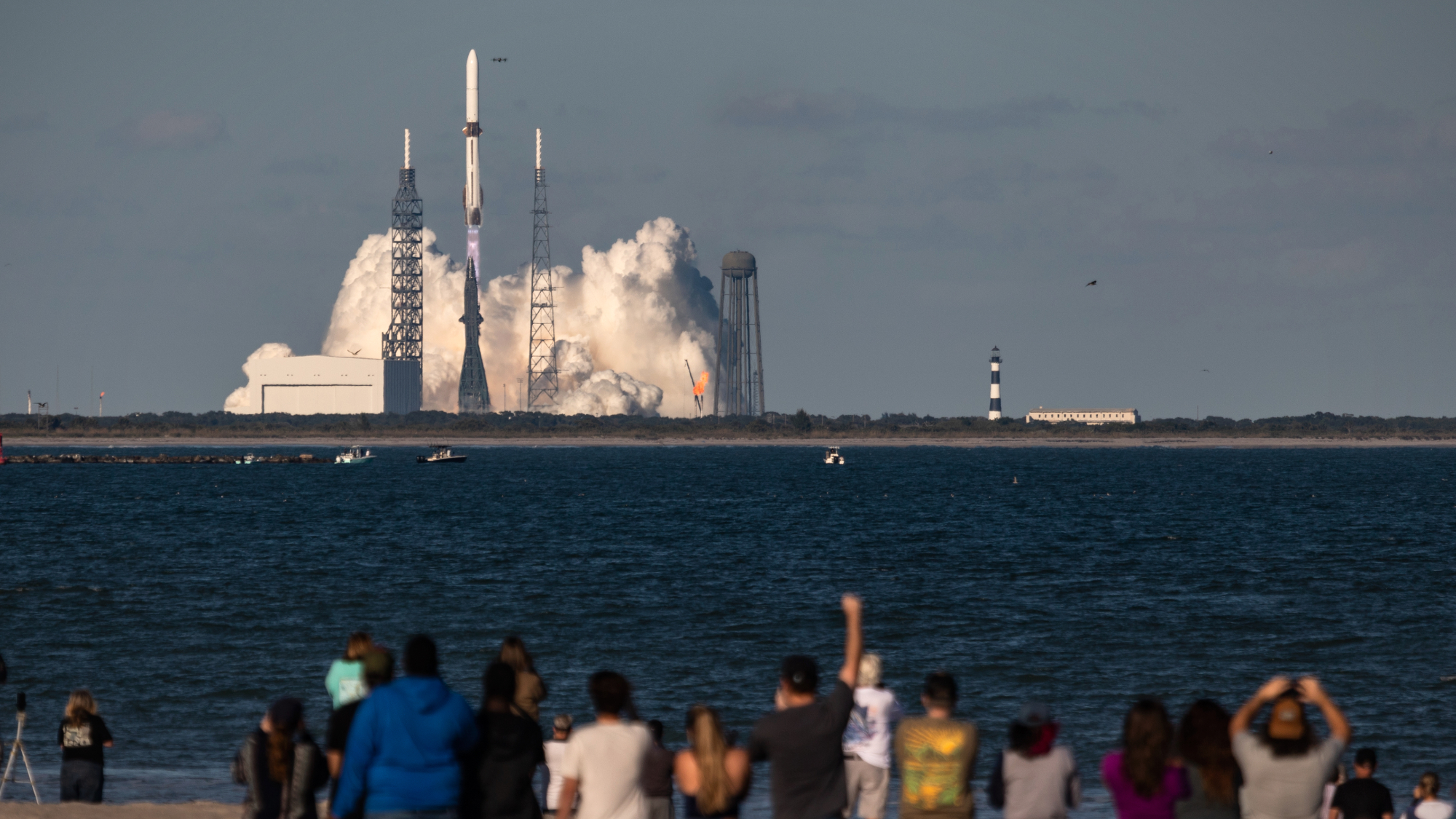 Blue Origin launches Mars probes in NASA debut
Blue Origin launches Mars probes in NASA debutSpeed Read The New Glenn rocket is carrying small twin spacecraft toward Mars as part of NASA’s Escapade mission
-
 ‘The Big Crunch’: why science is divided over the future of the universe
‘The Big Crunch’: why science is divided over the future of the universeThe Explainer New study upends the prevailing theory about dark matter and says it is weakening
-
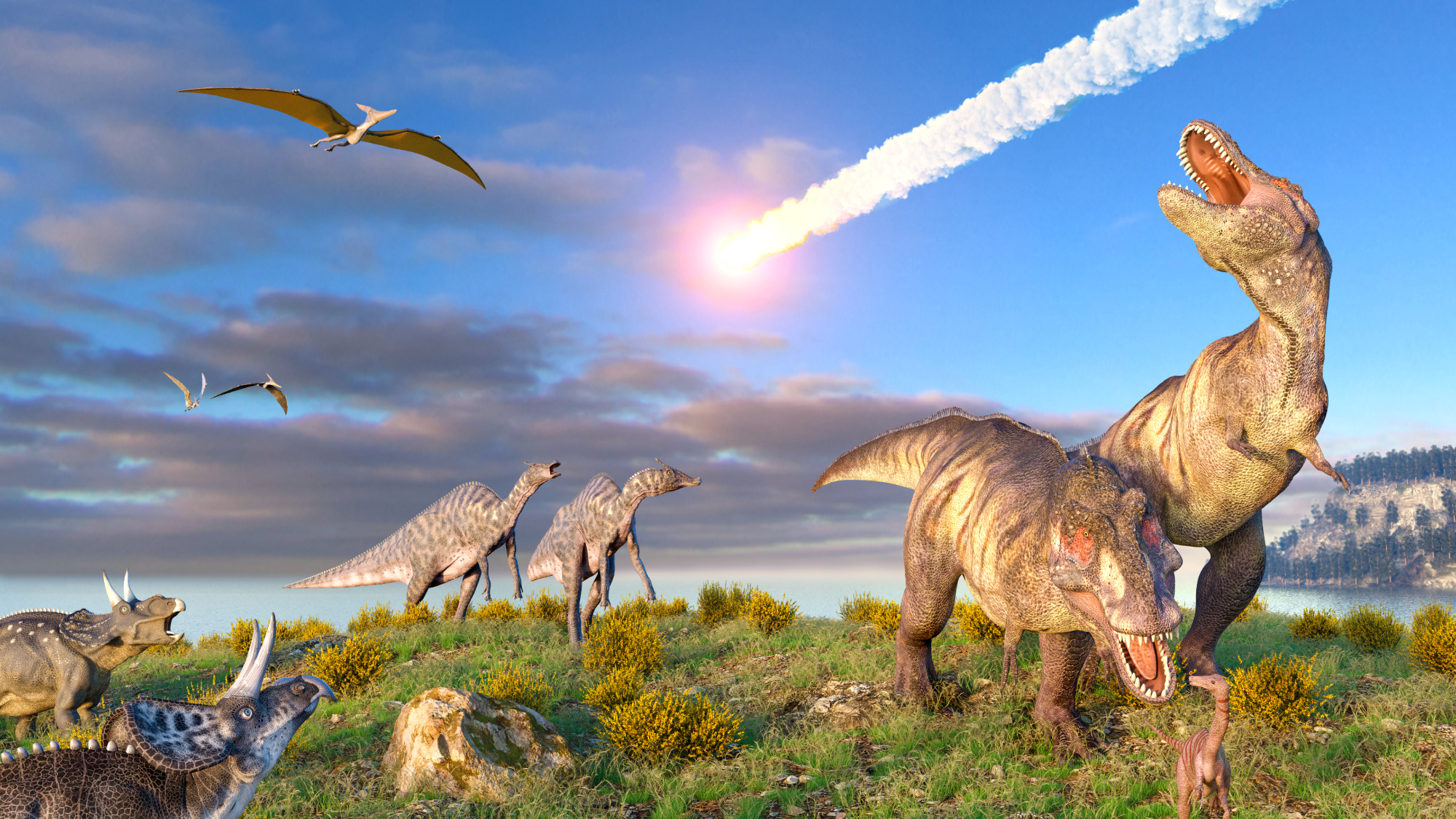 Dinosaurs were thriving before asteroid, study finds
Dinosaurs were thriving before asteroid, study findsSpeed Read The dinosaurs would not have gone extinct if not for the asteroid
-
 The moon is rusting
The moon is rustingUnder the radar The Earth is likely to blame
-
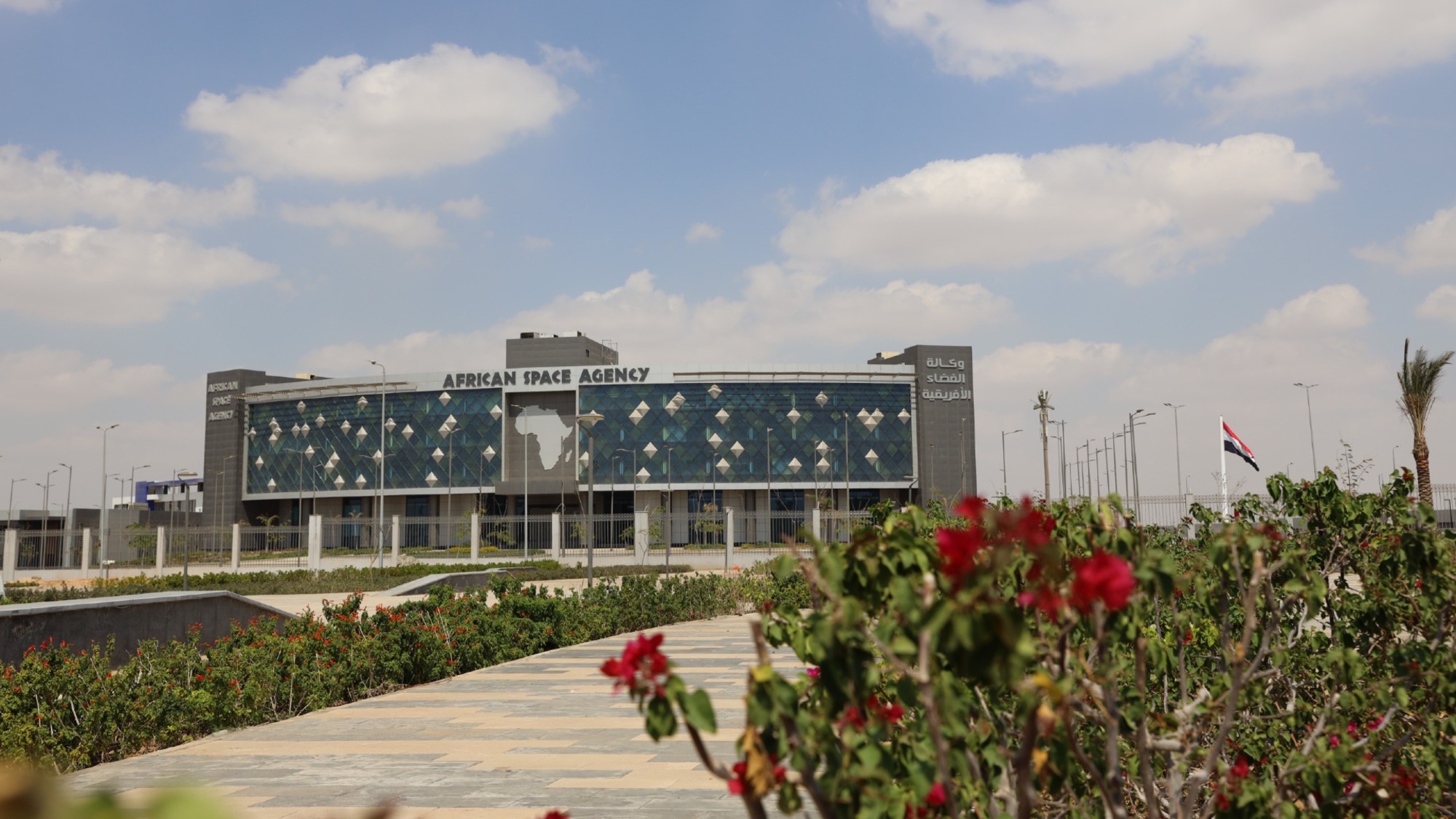 Africa could become the next frontier for space programs
Africa could become the next frontier for space programsThe Explainer China and the US are both working on space applications for Africa
-
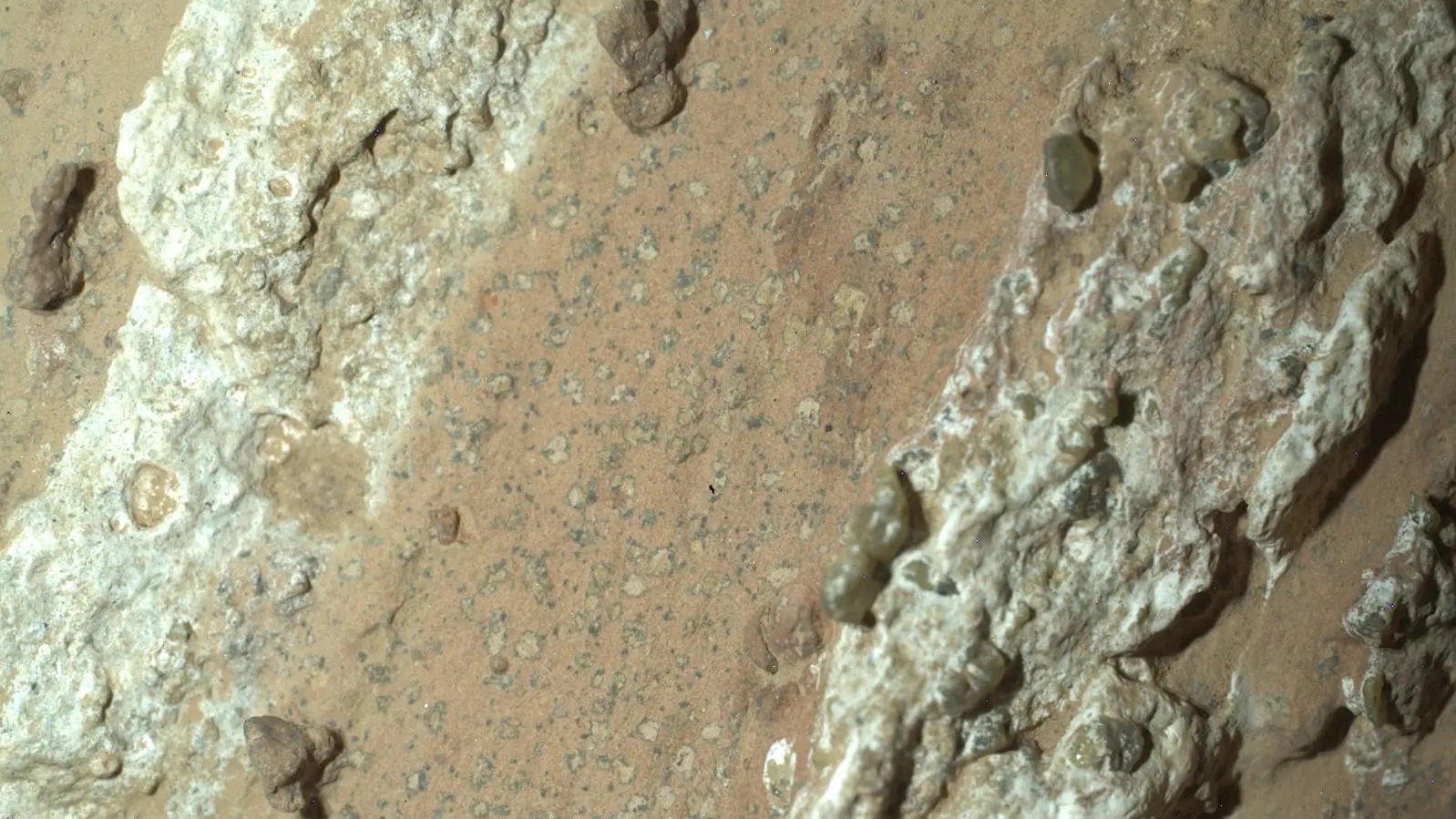 NASA reveals ‘clearest sign of life’ on Mars yet
NASA reveals ‘clearest sign of life’ on Mars yetSpeed Read The evidence came in the form of a rock sample collected on the planet
-
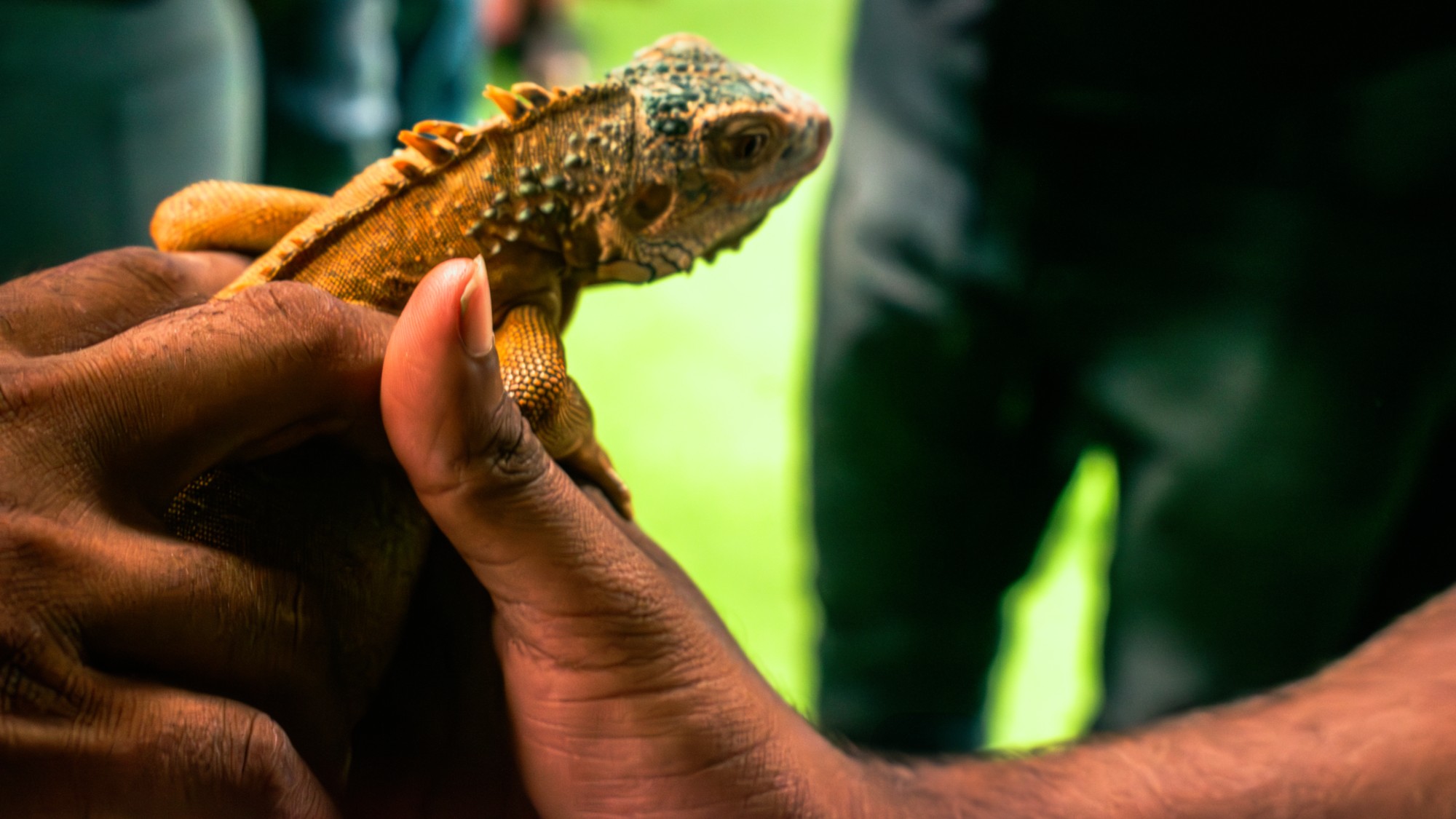 Parthenogenesis: the miracle of 'virgin births' in the animal kingdom
Parthenogenesis: the miracle of 'virgin births' in the animal kingdomThe Explainer Asexual reproduction, in which females reproduce without males by cloning themselves, has been documented in multiple species
-
 SpaceX breaks Starship losing streak in 10th test
SpaceX breaks Starship losing streak in 10th testspeed read The Starship rocket's test flight was largely successful, deploying eight dummy satellites during its hour in space
